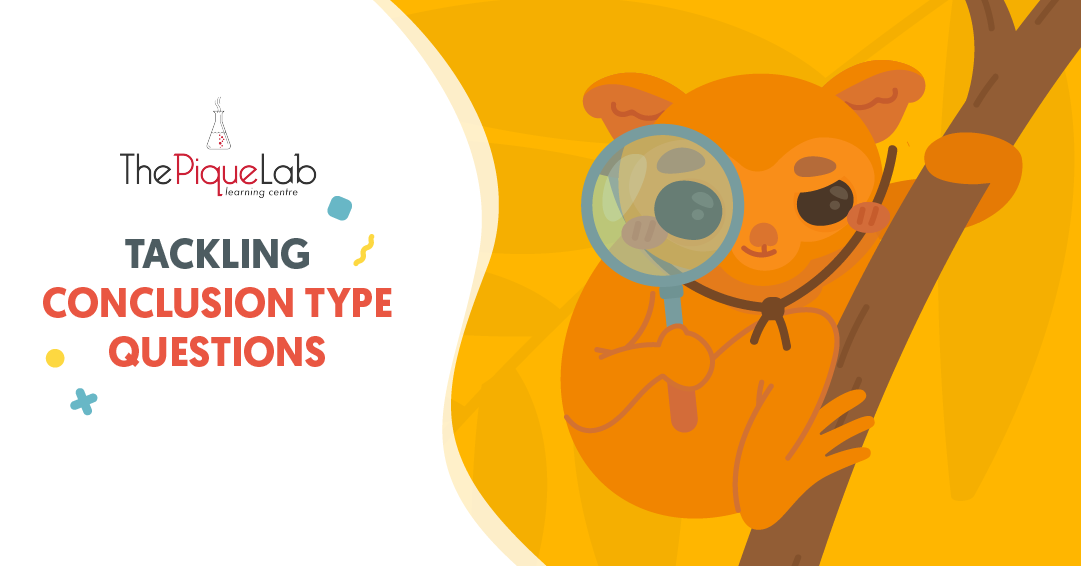In today’s article on Plant Cycle, we will be discussing the following question:
If you can see a fruit growing on a plant, what kind of information can you tell me about the plant?
Read Also:
As you may have realized, reading your textbooks, guidebooks and notes are the fundamental steps to understanding the concepts covered in the PSLE Science syllabus. However…
Understanding the concept does not necessarily mean that you will be able to apply the concepts that you have learnt!
Is Your Child Facing The Same Problem I Faced When I Was Student?
Your child may not be asking the right questions. As a result, your child may find it challenging to prepare his/her thought processes and answers adequately.
In addition, your child may be spending too much precious time during his/her exams trying to figure out the underlying Science concept behind the question and phrasing his/her answers in a scientific manner, to meet the examiner’s expectations.
Over the next five posts, I will be helping you identify and tackle five common concepts found in the topic of Plants. These are fundamental challenges that many of my students face, which may also be something that your child struggle with too!
How Can Your Child Ask The Right Questions?
Let me take you through my thought process:
Q: If you can see a fruit growing on a tree/plant, what kind of information can you tell me about the plant?

Thought Process
- A fruit develops from a flower.
- For the flower to develop into a fruit, it must have been FERTILISED.
- In order for the flower to be fertilised, it must first be POLLINATED.
Let us recall the definition of pollination – The transfer of pollen grains from the ANTHER to the STIGMA.
Can Your Child Answer These 3 Questions?
With that understanding, I have 3 questions that your child needs to consider:
- Does the stigma need to be present in the flower?
- Does the anther need to be present in the flower?
- Are both the stigma and anther required to be present in the same flower for pollination to take place?
Here, your child must take note that the most important part of the flower that is needed for it to develop into a fruit is the stigma and the ovary.
The stigma is required for pollen grains from the anther to land on it in the process of pollination. Without the flower becoming pollinated, fertilisation will not be able to take place.
On the other hand, the pollen grains from the anther need not necessarily come from the same flower. Next, your child needs to know that flowers can either be self-pollinated or cross-pollinated.
As such, even if the flower does not contain anthers, pollen grains from the anthers of other flowers (of the SAME species) can still be used to pollinate the stigma of a flower.
Once the flower becomes pollinated, a pollen tube, which carries the male reproductive cell in the pollen grains is transported to the ovary where it fuses with the female reproductive cell in the ovule in the process of fertilisation.
NOTE: The pollen grain does not fuse with the ovary. It is the male reproductive cell stored in the pollen grain that fuses with the female reproductive cell stored in the ovule.
To Put Things Simply…
A flower that develops into a fruit has the following characteristics:
The flower must have a stigma and ovary to develop into a fruit, but need not have an anther.
In our next article, I will be sharing how to interpret and analyse questions on plants that do not bear flowers. 🙂

If you like our methodology, we’ve some upcoming workshops:







